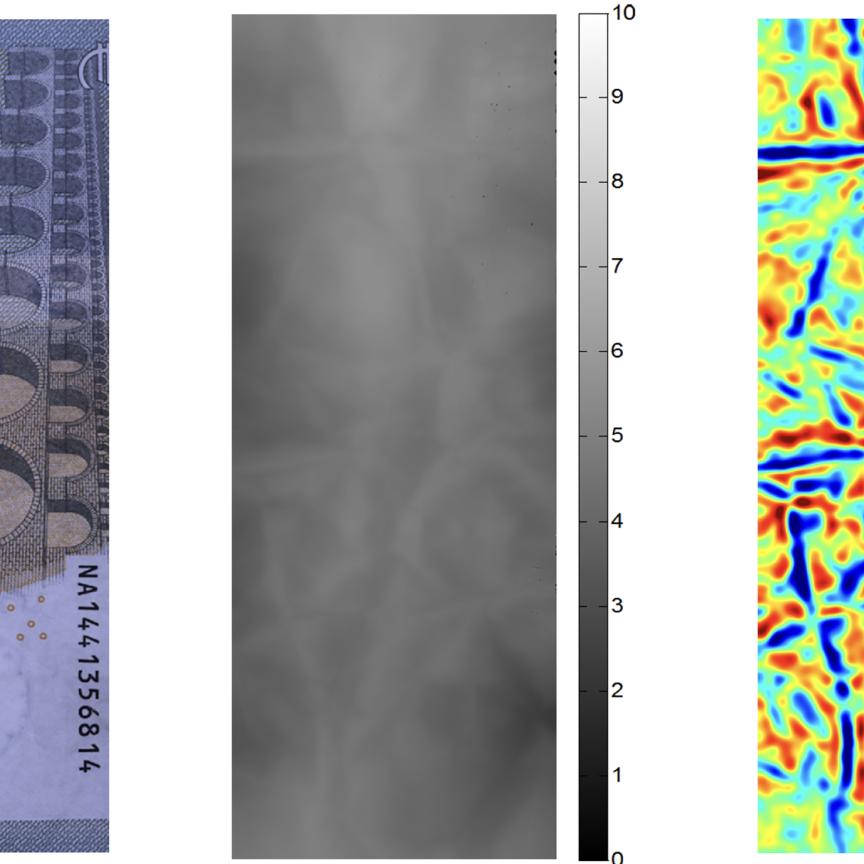A vision-guided pick-and-place robotic welding system has been developed by KWD Automobiltechnik in Wolfsburg, Germany to process car side panels. The system using Kuka robots and VisionPro 3D image processing from Cognex performs both the transport and the quality control of raw materials and finished parts on the production line.
A 3D vision system recognises the part position and possible distortions of the side panels in the supply rack and forwards the data to the robot controller. The robot controller then adapts the gripper movement to the actual position of the parts in real time. The result is increased product quality compared with controlling quality control using the human eye. Now, the operator can concentrate on controlling the system rather than loading and unloading parts.
Depending on the requirements of the job step, individual or stereo cameras record the relevant image sectors. The VisionPro 3D software delivers 3D position data in real time. The intelligent vision system is used for geometrical pattern comparison of different 2D tool sets from the VisionPro tool library, such as PatMax. Accurate calibration tools optimise optical distortions and synchronise the cameras with the robot grippers.
After the welding process is completed, the first and second robots perform an optical spot weld inspection. The number and location accuracy of the spot welds are inspected. The data obtained from the testing is archived and images are assigned to the associated parameters. In this way, KWD Automobiltechnik achieves complete traceability and a securely documented verification of quality.
One of the biggest challenges in the implementation of the 3D vision system was the lighting. The individual components of the side panels do not have a defined position in the transport racks and can be twisted or tilted in a certain area. This results in constantly changing reflection behaviour of the bare metal of the car's sheet metal plates.
The solution was the construction of an enclosure with white interior walls, through which white light is dispersed evenly on the metal parts with the greatest possible angle of incidence.



